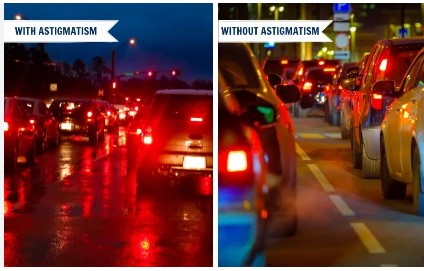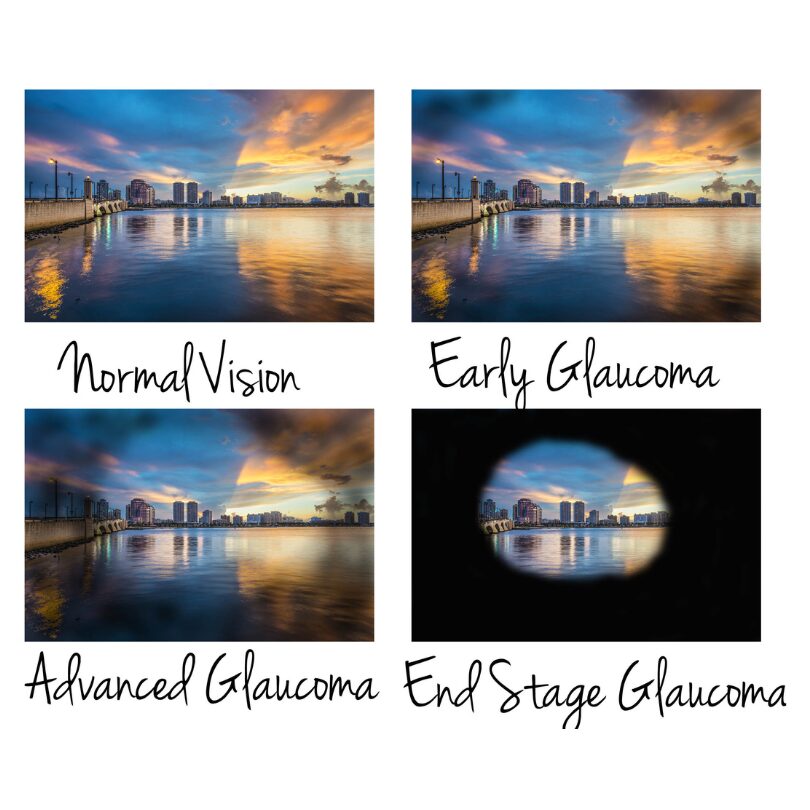See Vu Emporium Optical
Eye Issues Explained
Protect Yout Vision
Common Eye Conditions
Your eyes are one of the most essential parts of your health, and maintaining good vision is crucial to leading a comfortable life. Various eye conditions can affect anyone at different stages of life, often starting without noticeable symptoms. Whether it’s the natural aging process or conditions that develop over time, early diagnosis and proper care are key to preserving your vision. Below, you’ll find a guide to common eye conditions, their symptoms, and available treatments, helping you stay informed and proactive about your eye health.
What Is Myopia?
Myopia, also known as nearsightedness, is a prevalent condition typically identified before the age of 20. It impacts your ability to see distant objects clearly. One in four parents has a child with some degree of nearsightedness. Some eye experts believe that if your child spends a great deal of time engaged in “near” activities, such as reading or using smartphones, tablets and computers, it may raise their risk of developing myopia. Myopia treatments include glasses, contact lenses or surgery.
What Is Presbyopia?
Presbyopia is the gradual loss of your eyes’ ability to focus on nearby objects. It’s a natural, often annoying part of aging. Presbyopia usually becomes noticeable in your early to mid-40s and continues to worsen until around age 65. Our ability to see things close-up gets worse with age. This age-related farsightedness is known as presbyopia. Although it can’t be reversed, it is easy to correct. The simplest way is to wear reading glasses.
What Is Astigmatism?
(uh-STIG-muh-tiz-um) is an imperfection in the curvature of the eye that causes blurred distance and near vision. It is a common and generally treatable issue that can be recitified with the right pair of prescription eye wear. Astigmatism occurs when either the front surface of the eye (cornea) or the lens inside the eye has mismatched curves.
What Is Cataracts?
A Cataract is a clouding of the lens of the eye, which is typically clear. For people who have cataracts, seeing through cloudy lenses is like looking through a frosty or fogged-up window. Clouded vision caused by cataracts can make it more difficult to read, drive a car at night or see the expression on a friend’s face.
Most cataracts develop slowly and don’t disturb eyesight early on. But with time, cataracts will eventually affect vision. Symptoms of cataracts include:
Clouded, blurred or dim vision.
Trouble seeing at night.
Sensitivity to light and glare.
Need for brighter light for reading and other activities.
Seeing "halos" around lights.
Frequent changes in eyeglass or contact lens prescription.
Fading or yellowing of colors.
Double vision in one eye.
When should you see a doctor? Please make an appointment for an eye exam if you notice any changes in your vision. If you develop sudden vision changes, such as double vision or flashes of light, sudden eye pain, or a sudden headache. Our optometrists would be happy to give a proper diagnosis.
What Is Glaucoma?
Glaucoma is a group of eye diseases that can cause vision loss and blindness by damaging a nerve in the back of your eye called the optic nerve. The symptoms can start so slowly that you may not notice them. The only way to find out if you have glaucoma is to get a comprehensive dilated eye exam usually conducted by an ophthalmologist. Without treatment, glaucoma can eventually lead to blindness.





